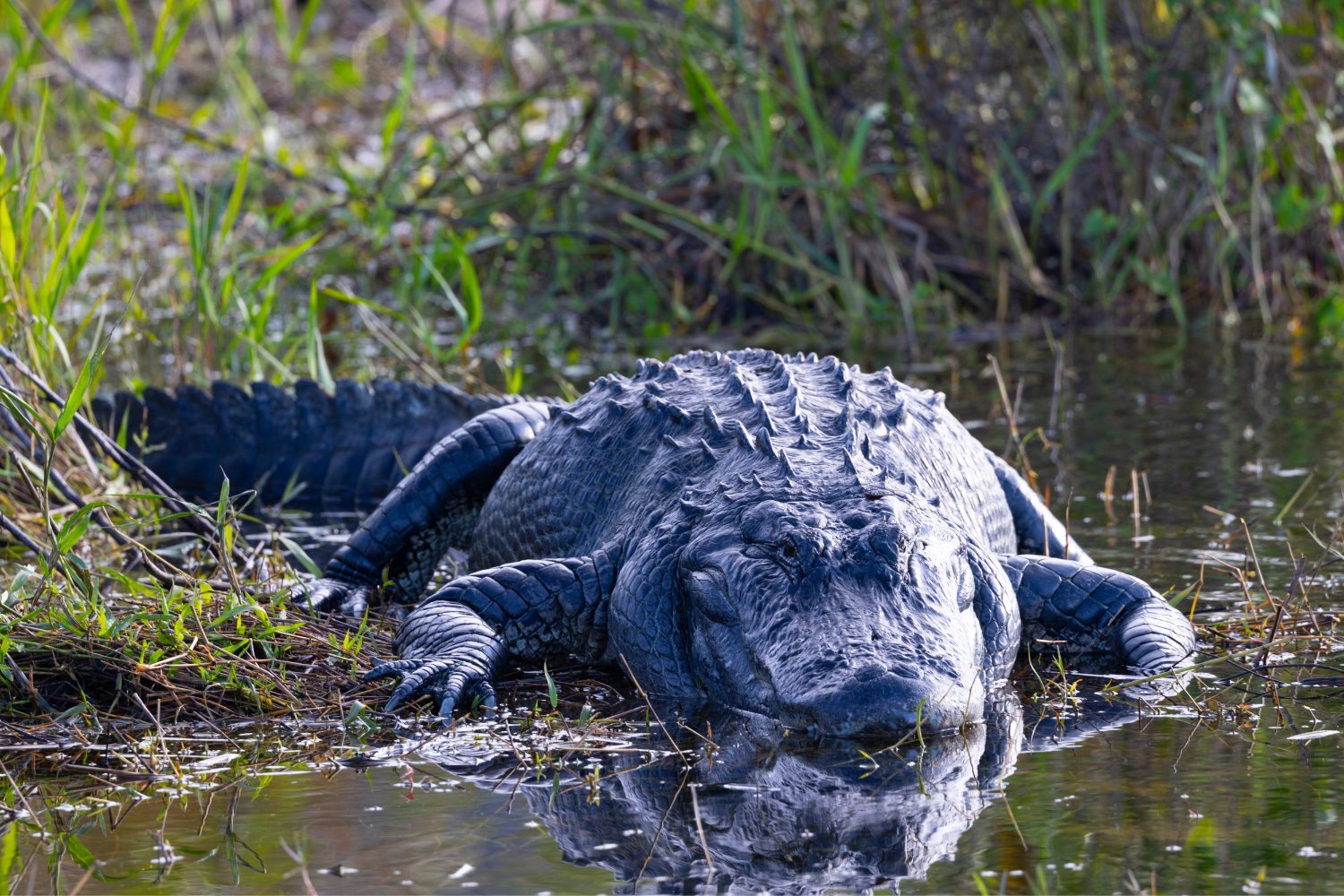Alligator bites often dominate headlines, painting a picture of aggressive reptiles lurking in the shadows. However, recent research reveals a different story: human behavior is a major factor in these incidents. A comprehensive study analyzing alligator bite records dating back to the 18th century found that the vast majority of these encounters are provoked by risky human actions. This suggests that most alligator bites are preventable with increased awareness and responsible behavior.
Risky Actions and Alligator Encounters
Scientists at the University of Florida and Centre College in Kentucky meticulously examined 270 alligator bite incidents across 11 U.S. states, spanning from 1734 to 2021. Of these incidents, 44 proved fatal. The research, published in the journal Human-Wildlife Interactions, categorized human behavior preceding the bites based on risk level. A staggering 96% of incidents involved some form of risky human behavior, with approximately half involving moderate risk levels.
These risky behaviors ranged from neglecting to supervise children near alligator habitats to disregarding warning signs about alligator presence. Even “contact while inebriated” contributed to these encounters. Instances of unprovoked alligator bites, such as someone walking on a road, were rare, and typically resulted in less severe injuries. Notably, none of the “no-risk” bites were fatal.
Shifting the Narrative from “Attack” to Preventable Incident
This study challenges the common perception of alligators as inherently aggressive predators. The researchers argue that the term “attack” is often misapplied in these situations. Rather than focusing on the alligator’s behavior, the emphasis should be on understanding and mitigating human actions that contribute to these encounters.
Practical Steps for Coexistence
The study offers practical advice for minimizing the risk of alligator bites. Increased awareness of surroundings and avoiding risky behaviors are key. Simple precautions, such as keeping pets away from water bodies known to house alligators and refraining from swimming in designated alligator habitats, can significantly reduce the likelihood of these incidents.
Alligator Habitats and Seasonal Activity
Alligators inhabit Florida and parts of the southeastern U.S., particularly coastal wetlands. They exhibit increased activity and territorial behavior during their mating season, which typically runs from April to June. Residents and visitors in these areas should be particularly vigilant during this period.
Conclusion: Promoting Safe Coexistence
This research underscores the importance of responsible human behavior in mitigating alligator bite incidents. By understanding the factors that contribute to these encounters and adopting preventative measures, we can promote safe coexistence with these fascinating creatures. Education and awareness are crucial for fostering respect for alligator habitats and minimizing unnecessary risks.











